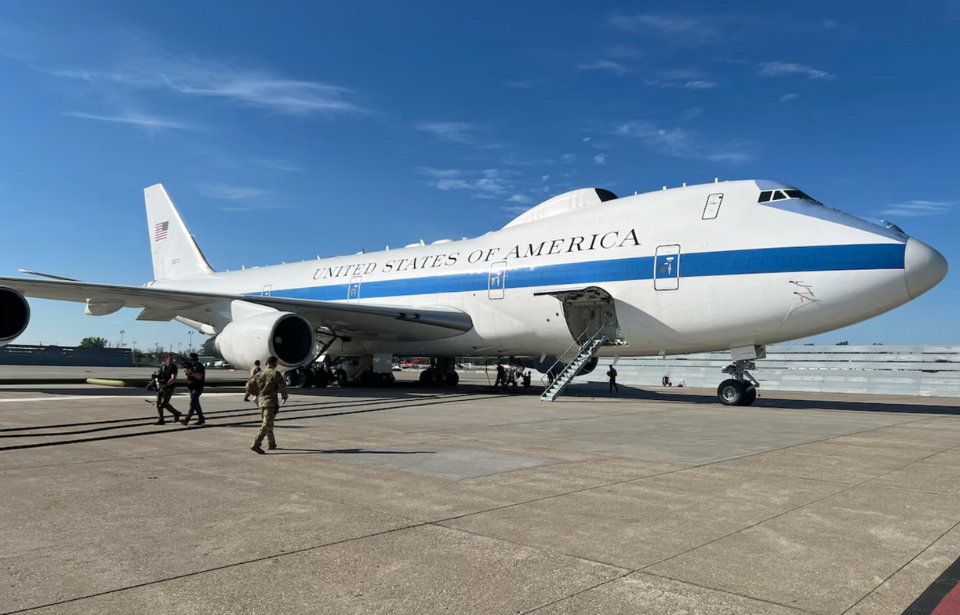Everyone has heard of the US Air Force’s “Doomsday Planes,” but do you actually know what they are? Stationed out of Offutt Air Force Base, Nebraska, they’re a set of four modified Boeing airliners, which have been transformed into airborne command posts. They’re intended to keep the nation running in the event of nuclear attack, but their age has forced the military to begin searching for possible replacements.
Need for a ‘Doomsday Plane’
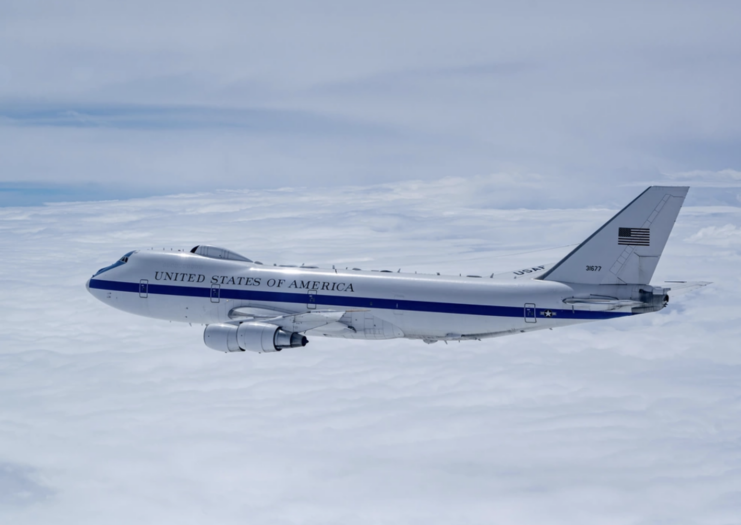
The Boeing E-4 serves an important role in America’s national security strategy. As a mobile command post, it provides a secure platform for the president, secretary of defense and other key officials to manage national crises, particularly in scenarios where ground-based command centers are compromised. This is important to ensure both the government and military are able to stay operational in the event of a nuclear or large-scale attack.
While other aircraft, such as Air Force One, provide transport and communication capabilities, the E-4 is equipped for command and control operations. Its advanced communication suite, electromagnetic pulse (EMP) protection and ability to remain in the sky for extended periods make it indispensable in ensuring the country’s leadership can continue to function during emergencies.
Development of the Boeing E-4
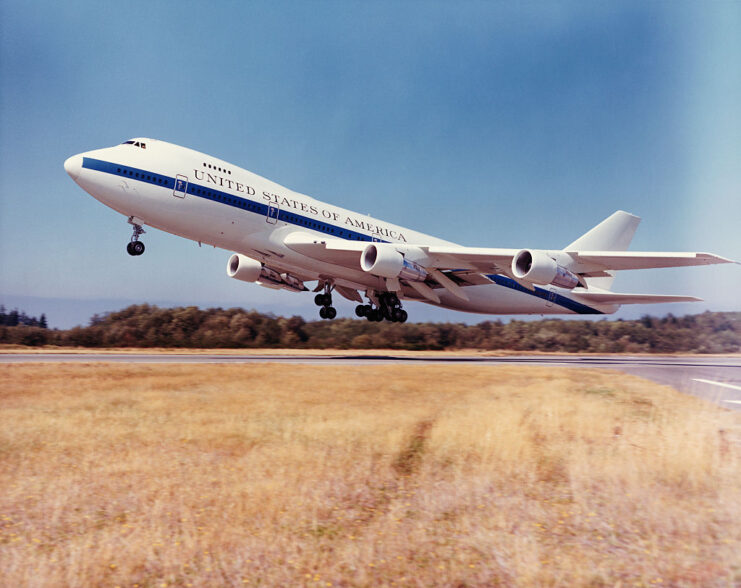
The concept for the Boeing E-4 came about during the Cold War. Boeing offered 747-200 airframes, to be repurposed for military applications, replacing the aging EC-135Js that were being used by the US Air Force to facilitate the National Emergency Airborne Command Post (NEACP) program. This decision was driven by the 747’s large size, range and its ability to accommodate a host of modifications.
The transformation from a commercial airliner to an airborne military command post required significant changes. The Air Force contracted E-Systems to equip the aircraft with advanced communication and command systems, and the modifications included shielding against EMP and the installation of robust communication equipment.
The first E-4A models were eventually upgraded to E-4Bs, which feature a distinctive upper fuselage bulge that houses satellite communication antennas, enhancing their strategic capabilities.
Boeing’s role in the development of the Doomsday Plane was crucial, with the company overseeing the structural modifications and integration of military systems. By 1985, all E-4As were converted to E-4Bs, each equipped with state-of-the-art electronics and EMP protection.
Design of the Boeing E-4
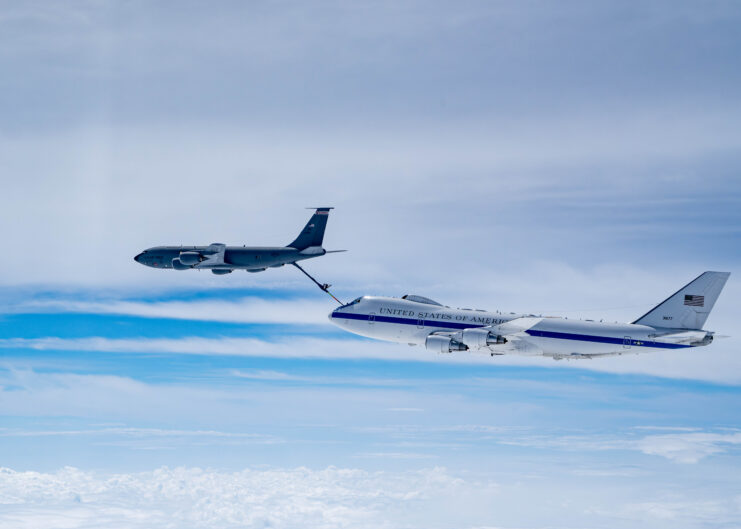
While much of the Boeing E-4’s features are classified, there are some things we know about it. Externally, it has the famed silhouette of the 747, but with notable changes. The most prominent feature is the upper fuselage bulge (or radome), which houses communication antennas to maintain global communication links.
To ensure it can remain operational for long periods, the E-4 can fly up to 12 hours without refueling. When it needs to take on additional fuel, it’s designed to do so while in-flight. It’s also on alert 24/7, to ensure it’s ready to take off at a moment’s notice, and each cost $223.2 million to build.
Inside, the E-4 is divided into multiple decks:
- The upper deck houses the flight crew and navigation equipment.
- The middle deck is the heart of operations, featuring a conference room, a command work area, a briefing area, workspaces for the battle staff, a rest area and a communications area.
- The lower deck contains technical and electrical equipment, the aircraft’s water tanks and additional communication gear.
The E-4’s interior is designed to support a large crew, with accommodations for up to 112 personnel. This includes the flight crew, maintenance staff and mission specialists, who, as of 2022, are able to train on a $9.6 million E-4B simulator.
Transitioning to the Survivable Airborne Operations Center (SAOC)
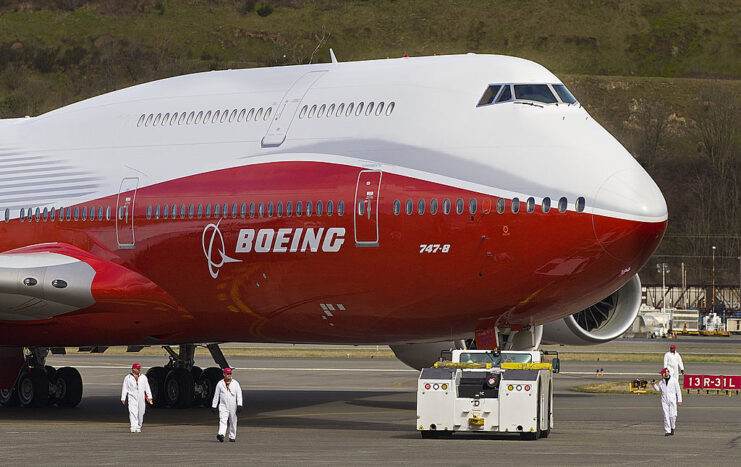
As the Boeing E-4B fleet ages (they’ve been in operation since the 1970s), the US Air Force plans to transition to the Survivable Airborne Operations Center (SAOC). This new, updated platform aims to enhance and expand the capabilities of the Doomsday Plane, addressing issues of obsolescence, as well as maintenance challenges.
While the main design details are classified, we do know it’ll be based on the Boeing 747-8, which offers increased range, payload capacity and modernized systems. The new aircraft will incorporate open systems architecture, meaning upgrades will be easier, as will the integration of cutting-edge technologies.
In April 2024, it was announced that the Air Force had awarded Sierra Nevada Corporation a $13 billion contract to replace the E-4B, with $59 million immediately given to fast-track development and research. The five airliners will be provided by Korean Air, at a price tag of around $674 million.
More from us: C-5 Galaxy vs C-17 Globemaster III: What’s the Difference Between These Cargo Aircraft?
Want to become a trivia master? Sign up for our War History Fact of the Day newsletter!
The timeline for development and deployment is quite ambitious, with initial operational capability expected by the mid-2030s.
